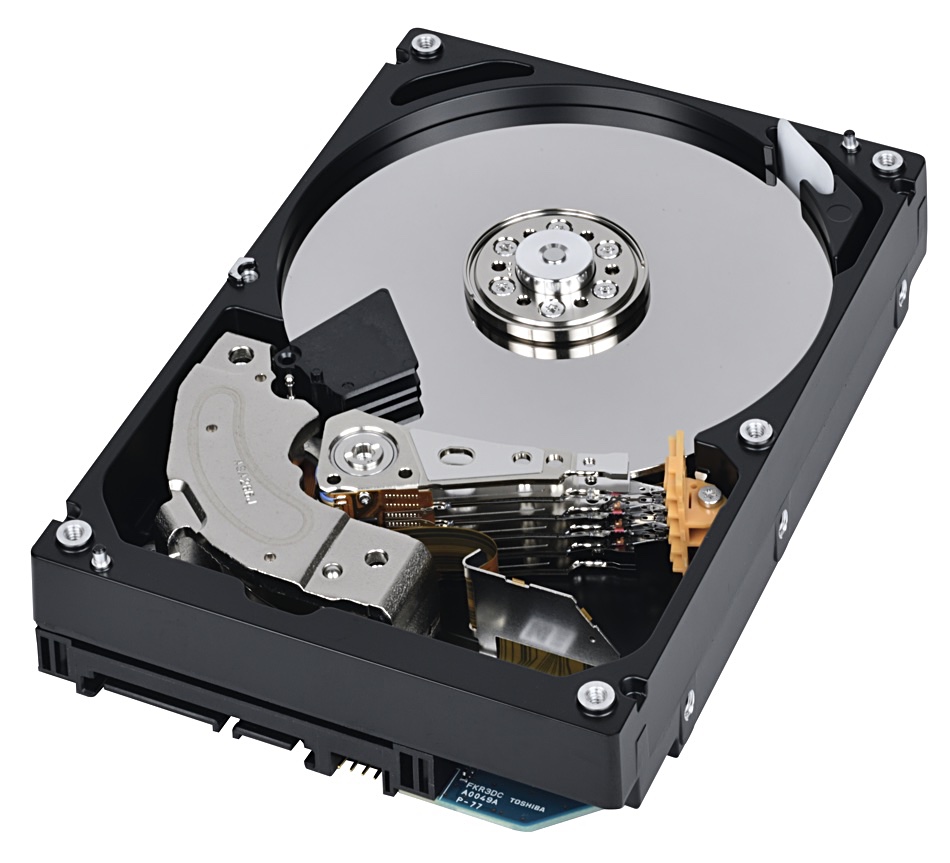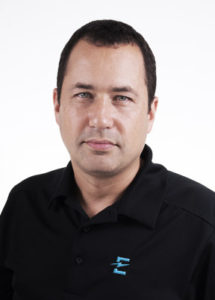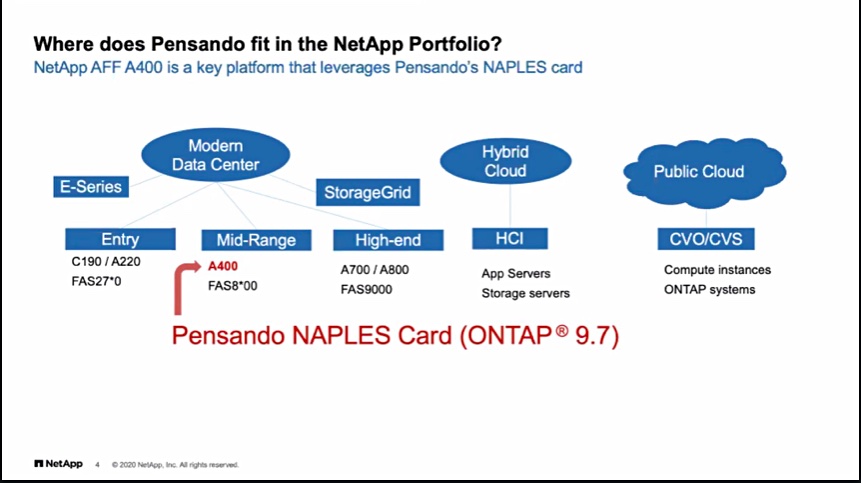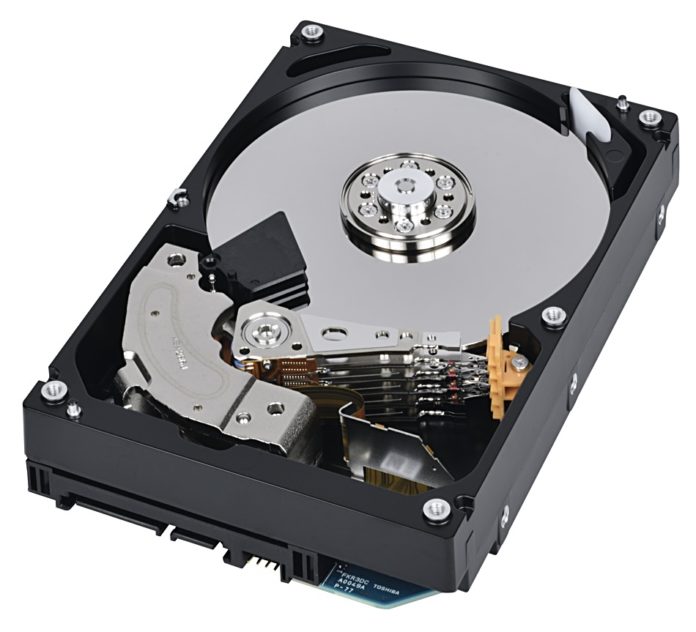There’s life in the mid-range capacity disk drive yet as Toshiba introduces a line of sub 10TB drives that don’t use sealed enclosures full of helium gas. Data protector and copy data manager Catalogic feels the force of Kubernetes and the public cloud. And Excelero feels the tug of the cloud too.
There is more news about Backblaze, DDN, Infinidat, Kioxia, Model9, Nutanix, Weebit Nano and Yellowbrick. Get reading.
Toshiba goes back to the future
Toshiba has upgraded its 3.5-inch format MG06, MG06 and MG06 disk drives with the MG08-D range. These are air-filled drives, with 4TB, 6TB and 8TB capacities. They follow the 16TB, helium-filled MG08 announced in 2019. We think the MG08-D uses MG08 technology but with fewer platters, 4 instead of 9, and no helium-filled enclosure. Compared to the 4TB MG04, announced in 2014, the 4TB MG08-D has;
- 256MIb cache instead of 128MiB,
- 243MiB/sec sustained transfer rate instead of 295MiB/sec,
- 2 million hour MTTF rating instead of 1.4 million hours.

The 6TB and 8TB MG08-Ds share the 2 million hour MTTF rating and all of them have a 550TB/year workload rating. These new drive spin at 7,200rpm and can have 6Gbit/s SATA or 12Gbit/s SAS interfaces. They use conventional and not shingled magnetic recording.
Toshiba intends them to be used for data analysis, small-medium business servers, data-retention and archiving. They should be available in the first 2021 quarter.
Catalogic chums up to containers
Catalogic is adding data protection support for Kubernetes and direct offload to cloud from storage arrays to its flagship ECX copy data management(CDM) solution.
Catalogic’s open source KubeDR, automated backup and disaster recovery for Kubernetes clusters, provides basic data protection and has been downloaded over 500,000 times this year.
Sathya Sankaran, Catalogic COO, issued a quote saying: “Heading into 2021, we are repositioning our solutions as a Smart Data Suite that includes freemium offerings, and we will introduce a beta release of a new cloud-native container backup service.”
Catalogic said its business was doing well despite the pandemic, and the company added 40 new employees in 2020 and has opened a development site in Pune.
Sankaran said: “Despite the challenges of the global pandemic, our progress in further expanding our global installed base to major new customers including a large medical research and health services entity, educational institutes, and manufacturing companies is keeping us on our plan.”
The company has partnerships with HPE, IBM, NetApp and Pure Storage and a SAP-certified protection and recovery via its DPX offering for SAP HANA Databases.
Excelero: All storage will become hybrid
Excelero has an on-premises NVMesh offering that provides NVMe-over-Fabrics access to flash storage. But being on-premises is no longer enough.

“In the past few months Excelero has had a number of customers ask to deploy some of their workloads in the cloud as a burst option – even customers with multiple high-end Nvidia DGX systems that seemingly could access the performance and scalability they need. This reiterates what has become a given,” CEO Yaniv Romen told us.
“All storage will eventually become hybrid storage, because everything that can move to the cloud, will do so. We saw that with object storage and file storage in the past years and it is now happening for block storage – EBS and other non-high performance block storage options notwithstanding.
“AI, ML and DL demand super-efficient, low latency, high IOPs, high performance storage – or else applications perform less than acceptably, or costly GPUs are underutilized and thus infrastructure efficiency lags. This story is the same for on premise and cloud infrastructure.
“To that end, later in Q4 2020, Excelero will extend its solutions family to include a cloud-based offering, bringing the same valuable efficiencies customers enjoy in their data centres to cloud use cases. We are already working through partners to deploy cloud-based architectures with several customers. Early results are tremendously exciting. Once customers are ready to share them, we’ll be back to you.”
Shorts
Backblaze and Fastly are collaborating to help companies distribute their stored files. Customers using Backblaze B2 Cloud Storage can seamlessly push the most up-to-date content to end users with lightning speed through Fastly’s edge cloud platform and CDN.
DDN has signed up Boston as a channel partner as it continue to build out its enterprise-focused sales channel to push its Tintri, Nexenta and other enterprise storage products.
Infinidat has joined forces with VMware to tackle current and evolving IoT Edge security threats. The two will offer a validated framework which;
- Protects against IoT and edge security threats,
- Improves network management via a scalable back-end security monitoring platform, designed to analyse data from current and evolving customer premises equipment,
- Ensures compliance and operational efficiencies, which are both auditable and scalable as well as cost-efficient.
Inspur has set an SPC-1 price/performance record of $75.77 per thousand SPC-1 IOPS (KIOPS) with its AS2200G2 array. All other SPC-1 submitted systems cost more per KIOPS.
Four months after being promoted to EVP for the EMEA and APJ regions Dan Shprung has left Infinidat and joined mainframe data management company Model9 as its Chief Business Officer. CTO Brian Carmody resigned from Infinidat in June.

It was revealed at a recent Storage Tech Field Day that every NetApp A400 all-flash array is shipped with two Pensando storage processing IO cards to accelerate throughput.
Kioxia will begin construction of a fabrication facility (Fab7) at Yokkaichi Plant, Japan, in Spring 2021. The aim is to expand production of its BiSCS 3D Flash memory.
Nutanix has announced that the British Computer Society, The Chartered Institute for IT, selected Nutanix AHV software, running on HPE ProLiant appliances, for its private cloud and Disaster Recovery, which uses its DRaaS Xi Leap offering.








